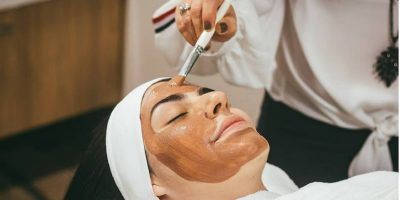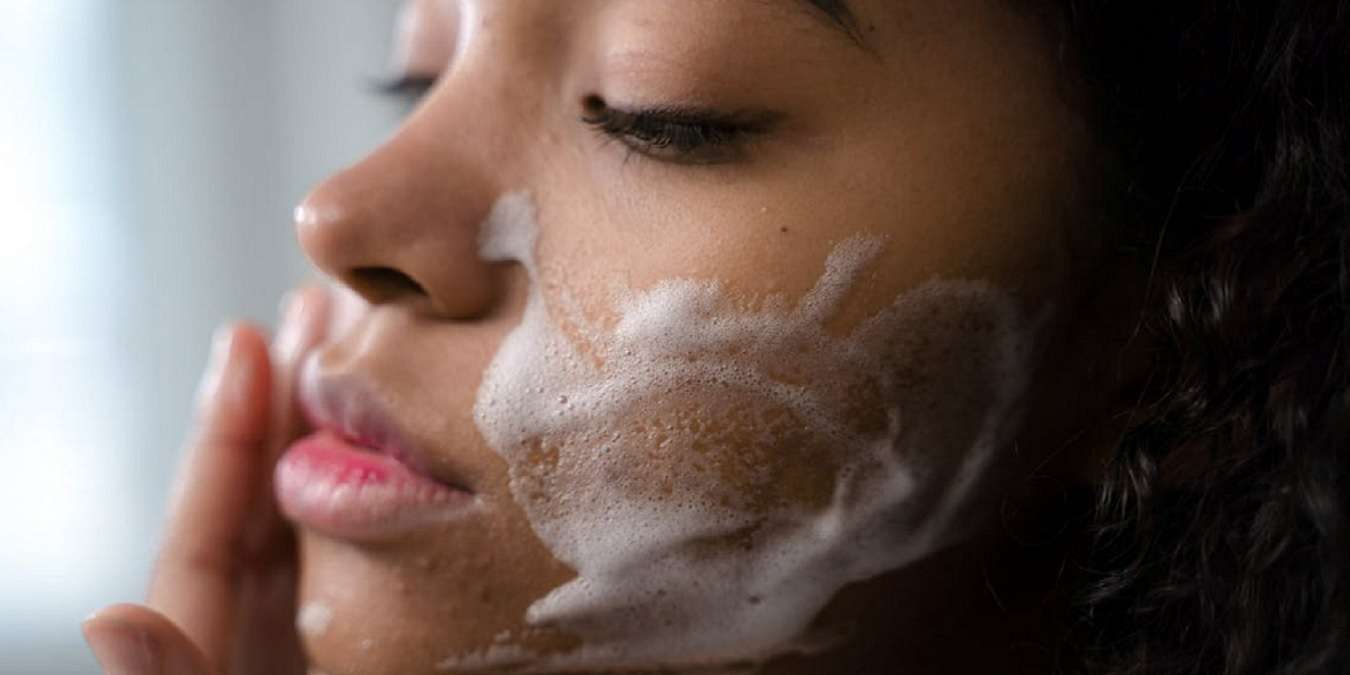
If there’s one thing you don’t want to mess around with, it’s the skin on your face. Knowing how to wash your face correctly helps reduce the chance of skin irritation and nasty breakouts.
Washing your face isn’t as simple as you might think – before you start washing your face, you should ask yourself if you’re doing it properly. Follow this cleansing routine, and you’ll have a much healthier face.
1. Use Makeup Remover First
Your makeup won’t fully come off with just a cleanser. If you ditch makeup remover, makeup residue will still remain on your face. Over time, leftover makeup can cause wrinkles and acne.
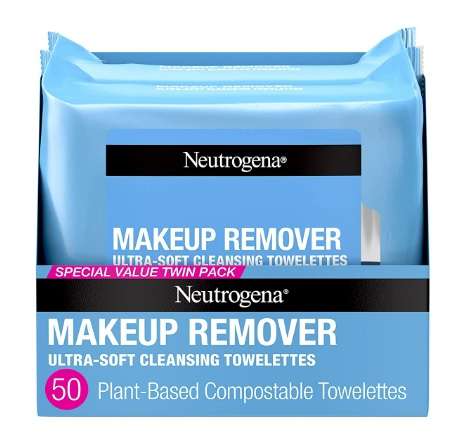
Before washing your face, prep your face with Neutrogena’s makeup remover wipes. This will rid your face of any makeup, dirt, and oil. Despite the fact that these wipes clean your face, they’re still not a replacement for a face cleanser.
One thing to remember when using makeup wipes is to ensure they’re alcohol free. Otherwise, you could dry out your skin. It’s also a good idea to throw some makeup wipes in your bag if you’re headed to the gym or doing any physical activities outside in the summer. They’re great for wiping away sweat to avoid clogged pores.
2. Use Lukewarm or Cold Water
Do you have the bad habit of using steaming hot water to wash your face? Not only does this irritate your skin, cause facial redness and dry out your skin, but it also feels uncomfortable.
Lukewarm water is gentle on your skin. Quickly splashing your face with cold water tightens the blood vessels in your face, decreasing puffiness and making your skin look more radiant.
3. Choose the Right Cleanser
Unlike what most people think, you don’t have to spend a ton of money to get a good cleanser. Drugstore brands usually work just as well as designer brands. So instead of paying attention to the price tag of your cleanser, you should pay attention to the type of cleanser.
Choose a non-abrasive cleanser that won’t remove the natural oil from your face – tight skin after cleansing is a red flag that your cleanser is too harsh. You should also avoid using a bar of body soap, as it can upset the pH balance of your face.

There’s a lot of confusion about learning how to wash your face thanks to having both cleansers and washes. A face wash is a water-based formula designed to create a more sudsy lather. They usually contain a higher concentration of astringent to eliminate excess oil. This means washes are best for oily skin.
Cleansers are a much more gentle formula. If you have dry skin, they’re the ideal choice. Usually, cleanser have more ingredients aimed at balancing your skin or targeting issues such as uneven complexion and dryness.
Generally, cleansers are the best option overall since they’re gentler. If you’re not sure, try a cleanser first. If you feel your skin is still overly oily, try a wash.
4. Massage the Cleanser Into Your Skin
Some people like using a washcloth to apply cleanser, however, that’s not the best way to clean your face. Washcloths tend to scrub your skin, resulting in redness and irritation.
Instead, just use your fingertips to massage the cleanser into your face. Gently rub your face for one minute or less. If you’re using an exfoliating cleanser try not to lather it on your face for too long to avoid irritation. Don’t forget to cleanse your neck and jawline as well!
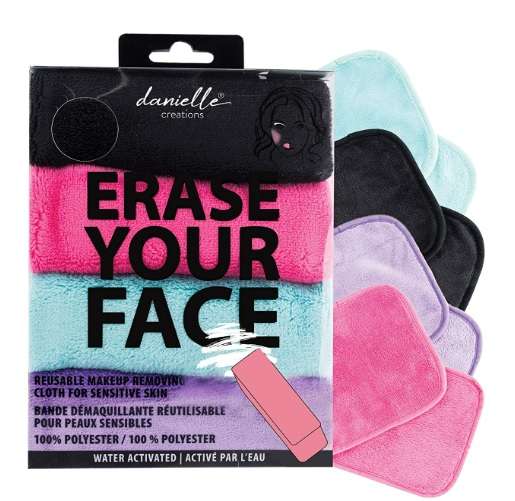
If you have trouble rinsing all your cleanser off, try a gentle reusable makeup remover cloth, such as Erase Your Face. They’re much softer than wash clothes and can even be used in place of makeup remover wipes, just be sure to wash them correctly as instructed on the label.
Just because you can’t use a washcloth on your face doesn’t mean you can’t get a thorough cleanse. Using a face cleansing brush, like the Clarisonic Mia Prima, can get rid of impurities without harming your skin.
5. Don’t Exfoliate Too Much
Although an exfoliating cleanser can help your skin, too much does more harm than good. When you exfoliate every day, you diminish the top layer of your skin. This leads to breakouts, irritation, and even a burning sensation.
Limit exfoliation to two or three times per week. If you have sensitive skin, you might want to cut down to just once a week. If you’re trying to figure out how to wash your face when dealing with acne, definitely hold back on exfoliating as this may create abrasions on your face that help acne form easier. Consider adding these acne home remedies to your skin care routine.
6. Wash Your Face Day and Night
Don’t skip over morning and nightly cleanses. While you shouldn’t wash your face more than twice a day, you definitely don’t want to miss out on those two important times.

When you sleep, oil and bacteria gather on your face and cause breakouts. Washing your face right when you wake up helps your skin avoid an oily sheen.
A nighttime face routine is just as crucial. Throughout your day, your face becomes sweaty, oily, and just plain dirty from the surrounding environment. Failing to clean your face before going to sleep can cause breakouts and irritation.
7. Pat Your Face Dry
Once you’re finished washing your face, how do you let your face dry? Some people choose to rub their face with an abrasive towel, and others like to let their face air dry. Both of these habits aren’t good for your skin—rubbing your face can cause wrinkles and air-drying your face (ironically) leads to dry skin.
Use a soft, clean towel to gently pat your face dry. Makeup remover cloths also work well for this purpose. Definitely avoid using a dirty towel, as this will introduce more bacteria to your face.
8. Moisturize and Tone Afterwards
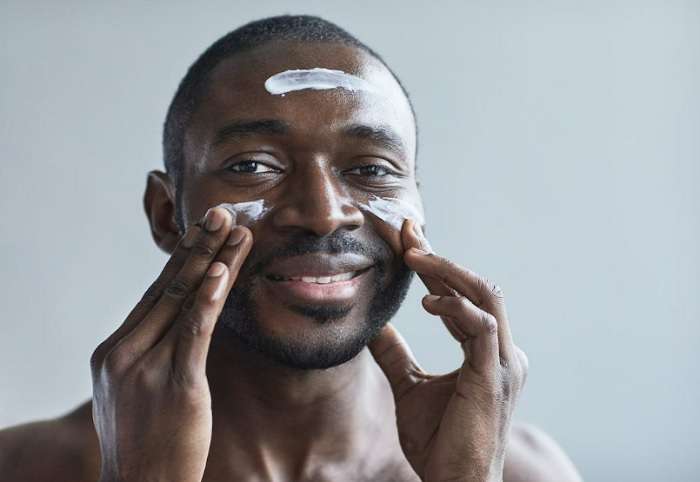
Adding a moisturizer and toner to your face wash routine will make your skin even softer. Toner can restore balance to your face and can keep your face looking youthful. Since some cleansers can make your skin dry, make sure to follow up with a moisturizer as well. An already-damp face makes it easier for these products to seep into your skin.
Face Cleansing Done Right
Think twice before you decide to break out your face cleanser. Keeping these essential tips in mind can prevent acne, premature aging, and overall irritation.
Want more ways to improve your beauty routine? Get even healthier skin by experimenting with the popular 10-step Korean skincare routine.
Frequently Asked Questions
How long does it take for a new skin care routine to make a difference?
Knowing how to wash your face properly is the first step in any great skin care routine. If you’re changing your strategy using the tips above, you might notice a few small differences immediately. However, it may take a few weeks to start seeing major differences.
This is why skin care experts advise to stick with a new product for 2-4 weeks before you give up on it. You skin needs time to adjust to the changes and heal any previous damage.
Obvious, if you have any major reactions to a product, including cleansers and toners, stop using them immediately.
Is micellar water a good alternative to makeup remover?
Yes. However, you should still follow up with your desired cleanser or wash. Micellar water can leave a bit of an oily residue behind, which is designed to help moisturize your skin. But, if you have oily skin already, this can just make the situation worse.
Image credit: Pexels




